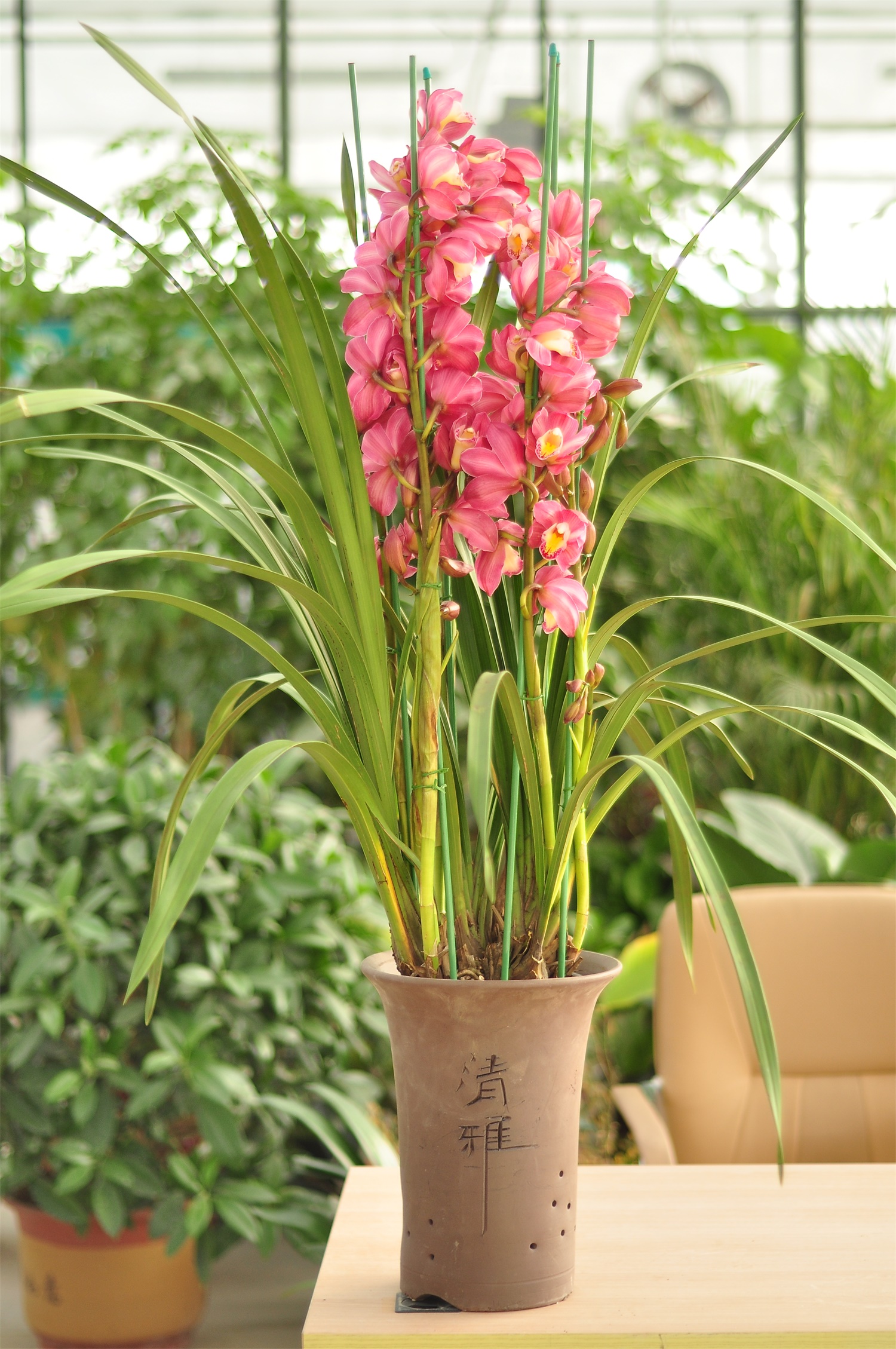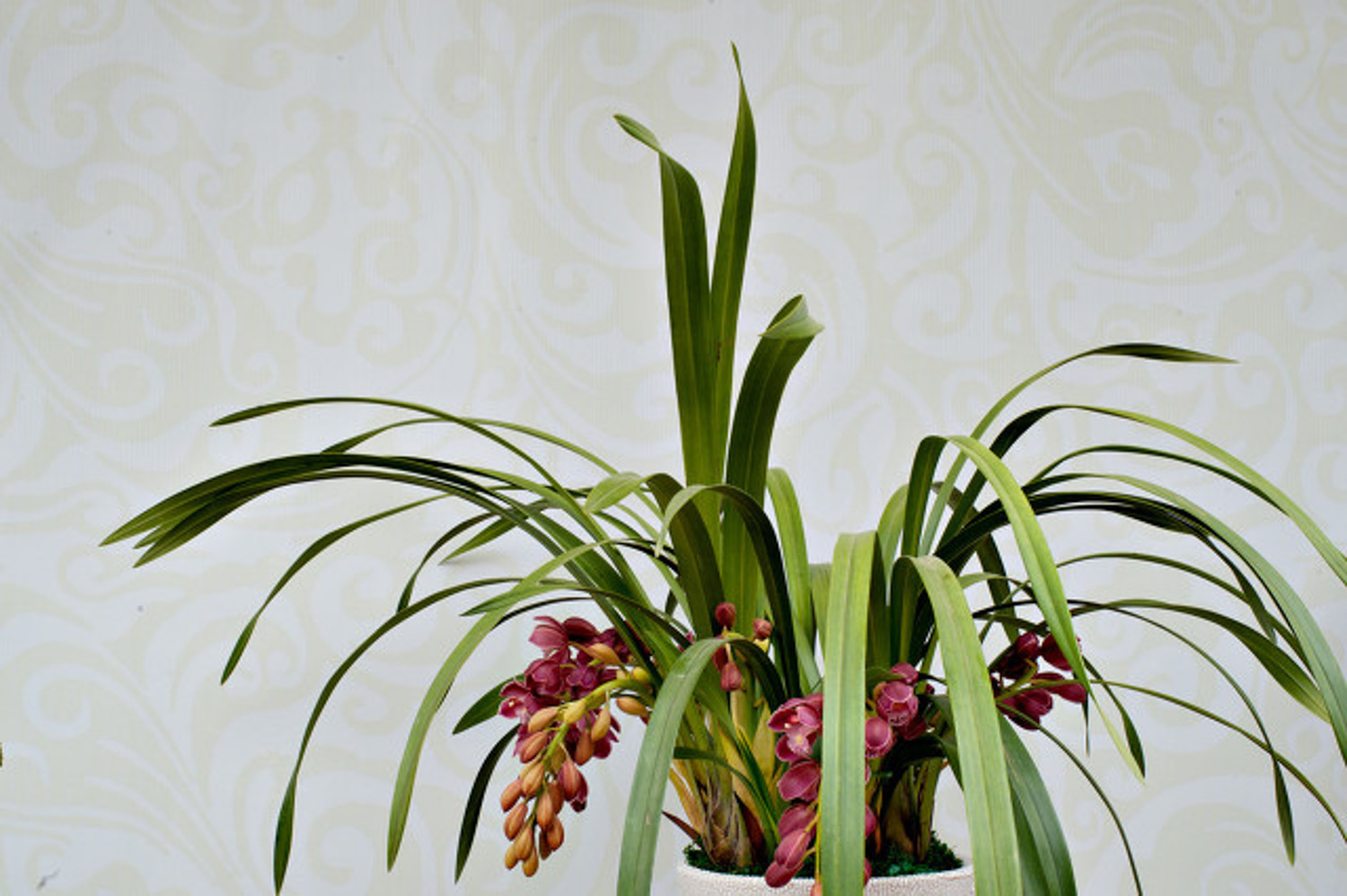1、 Soil use
It is better to use loose soil with good air permeability and good drainage, which can be prepared from fern roots, bark blocks, etc. If the soil used is too thick, it is likely to lead to rotten roots of plants and harden easily over time

2、 Sunlight intensity
The plant does not need too strong light during its growth, as long as it is irradiated with an appropriate amount of astigmatism. In summer, you need to be careful to block the sun and not be directly exposed to the hot sun. When breeding in autumn, you can receive more sunlight, which is not only beneficial to its flowering, but also help it survive the winter
3、 Watering method
Plants have certain requirements for water. It is best to use acidic water for irrigation. It is recommended to use collected rainwater. If you use tap water, it's best to dry it for two days. It's OK not to water too much except in hot and dry seasons

4、 Suitable temperature
Try to keep the breeding temperature at about 10-25 ℃, the temperature should not be too low, and the breeding temperature at night should be about 10 ℃. Especially during flowering, the maintenance environment should be warmer, and the minimum temperature should be above 5 ℃


 jackfruit
jackfruit snake plant
snake plant hibiscus
hibiscus hydrangea
hydrangea lavender
lavender Green roses climb al...
Green roses climb al... If you don't pay att...
If you don't pay att... Management of four g...
Management of four g...

































